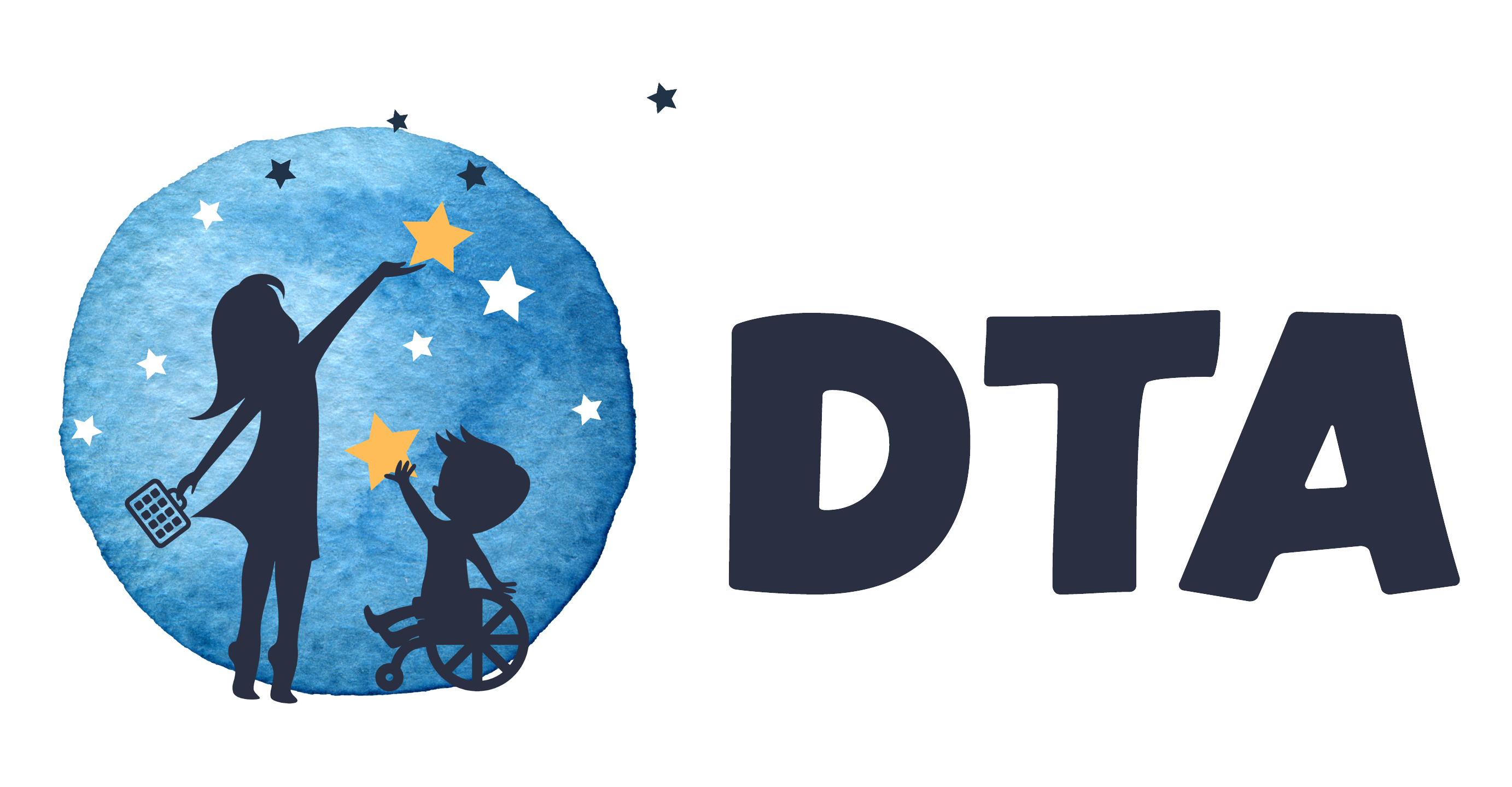Description
First-Then boards are a very simple form of an activity schedule that are used to help students find value in completing a task they aren't intrinsically motivated to complete. They are simply a display of two symbols (photos, words, picture symbols) in a 2 part sequence- "FIRST" and "THEN." You might anticipate that First-Then boards are often used to help students complete a work assignment to get reward. They are also used to help students transition between activities, ex. "first walk to office," "then get candy." First-then boards are helpful in showing the student the immediate payoff for finishing a task we've asked them to accomplish! They are helpful for students who have difficulty with delayed reinforcement, who need their tangible reward visible and in close time proximity to the task they need to complete.
Beyond First-Then: Once your student has mastered, and can tolerate completing a single activity to receive a reward, you will want to built on this new skill! People move to First-Then-Next or First-Next-Last boards to add an additional activity to the Work System. You can gradually build the number of tasks the student completes, increase the complexity and time required to complete the task. If at any time you meet resistance, you can always decrease the number, time and complexity of the tasks you present.
Work Systems: A form of an Activity Schedule, work systems lead students toward independence in their task completion. You can create Work Tickets with velcro dots to hold symbols of the tasks the student needs to accomplish, with a reward image at the end. Things to consider: What symbol will you use to represent the tasks? Rather than use a random symbol, consider a symbol that represents the task (example- sorting blocks? use a symbol for blocks, an actual block or a photo of the blocks). This is an excellent method to teaching students the meaning of a "symbol" to represent a concept, item or idea. These symbols can later be used to express yourself!
Theory: Psychologist David Premack introduced this theory in 1959 which basically asserts that a low preference activity will be reinforced when it is followed by high preference activity. You can determine which activities are highly preferred by simply observing the kinds of things for student chooses to do frequently we are left to their own devices. Activities that they really choose to engage and I consider low preference activities. Basically it's easier for us to tolerate low preference activities when we know something is coming next!


















